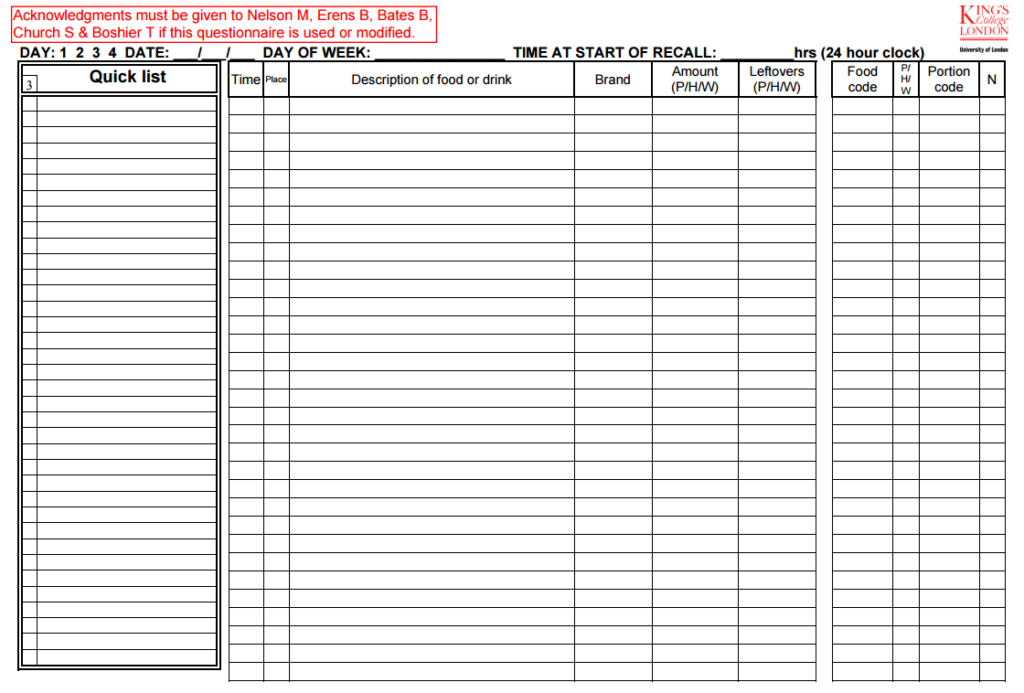8-Hour Time-Restricted Eating Linked to a 91% Higher Risk of Cardiovascular Death?
Researchers find that intermittent fasting is associated with increased risks of cardiovascular mortality but their methodology brings these results into question.
Highlights:
- Researchers determined which participants were on an 8-hour time-restricted eating (TRE) diet by averaging two days of dietary recall information.
- This method of determining who is following an 8-hour TRE routine is unreliable.
- “8-hour TRE” was correlated with an increased risk of cardiovascular mortality.
Researchers from Shanghai Jiao Tong University in China have identified a correlation between 8-hour time-restricted eating (TRE) and an increased risk of cardiovascular-related mortality. The findings, not yet peer-reviewed, were presented at the American Heart Association’s Epidemiology, Prevention, Lifestyle & Cardiometabolic Health conference in Chicago.
Data was taken from 24-hour dietary recalls included in the 2003-2018 United States National Health and Nutrition Examination Survey (NHANES). For the recall, participants wrote down a detailed list of the foods they ate within a 24-hour period, usually from the previous day. Participants also listed the time of day each food was eaten.

8-hour TRE is a type of intermittent fasting routine, whereby individuals eat within an 8-hour window and fast for the other 16 hours of the day. For example, someone on an 8-hour TRE diet would eat meals only between the hours of 12 pm and 8 pm. This 8-hour eating window is based on a 2012 mouse study where mice fed a high-fat diet within an 8-hour window were protected against obesity.
With this in mind, the China-based researchers used the time stamps from the NHANES 24-hour dietary recalls to calculate each participant’s eating window. They averaged the eating window from two dietary recalls (two days of information) to determine each participant’s “typical eating duration.” Participants were then placed into the 8-hour TRE category if they had a typical eating duration of less than 8 hours.
The researchers then took data from the CDC’s National Death Index, which links death certificate information with other studies. Synthesizing this data with the NHANES data, the researchers found that 8-hour TRE (under their categorization) was associated with a 91% increased risk of cardiovascular mortality.
The Major Caveat of the Study
Because the study’s findings have not been published in a peer-reviewed journal, the only published information pertaining the study’s methodology is contained within the conference abstract. However, the abstract contains enough information to spot one major issue. That is, each participants’ typical eating duration was based only on two days of dietary information.
Regardless of which two days the 24-hour dietary recalls were taken between 2003 and 2018, it is difficult to assess someone’s dietary routine based on only two days of information. Noticeable physiological changes from any dietary routine can take weeks to months of consistent adherence. A more reliable assessment of each participant’s typical eating duration should be based on at least a few weeks of consecutive 24-hour dietary recalls.
Furthermore, the 8-hour TRE routine was popularized by a study published in 2012. Therefore, the majority of individuals who took the NHANES survey before 2012 were likely unaware of the diet. It follows that many of the participants placed into the 8-hour TRE category were either unaware of 8-hour TRE, inadvertently followed 8-hour TRE for two days, or consciously but inconsistently followed an 8-hour TRE routine and did not adhere to the diet long enough to see noticeable changes to cardiovascular health.
More Caveats

The findings of the Shanghai Jiao Tong University study are based on correlations and cannot infer cause and effect relationships. Therefore, it cannot be inferred that 8-hour TRE for two days causes a higher risk of cardiovascular mortality. One non-correlational study with more reliability is a 2018 study showing that 12 weeks of 8-hour TRE reduced blood pressure and body weight in obese subjects. This study suggests that 8-hour TRE may actually lower the risk of heart disease.
This 2018 study also showed that 8-hour TRE reduced the number of calories consumed by each subject, which is similar to what the mouse study showed. Indeed, at least one study suggests that the benefits of 8-hour TRE come from caloric restriction (CR) — eating less food without malnourishment.
This brings up another caveat of the Shanghai Jiao Tong University study: the caloric intake of each participant was not calculated. Or, even if it was, changes in caloric intake cannot reliably be determined using only two dietary recalls. Therefore, participants placed into the 8-hour TRE category could have consumed excess calories for unknown periods of time, leading to higher risks of heart disease.
Overall, considering their methodology, the findings of the study in question should be taken with a grain of salt.
